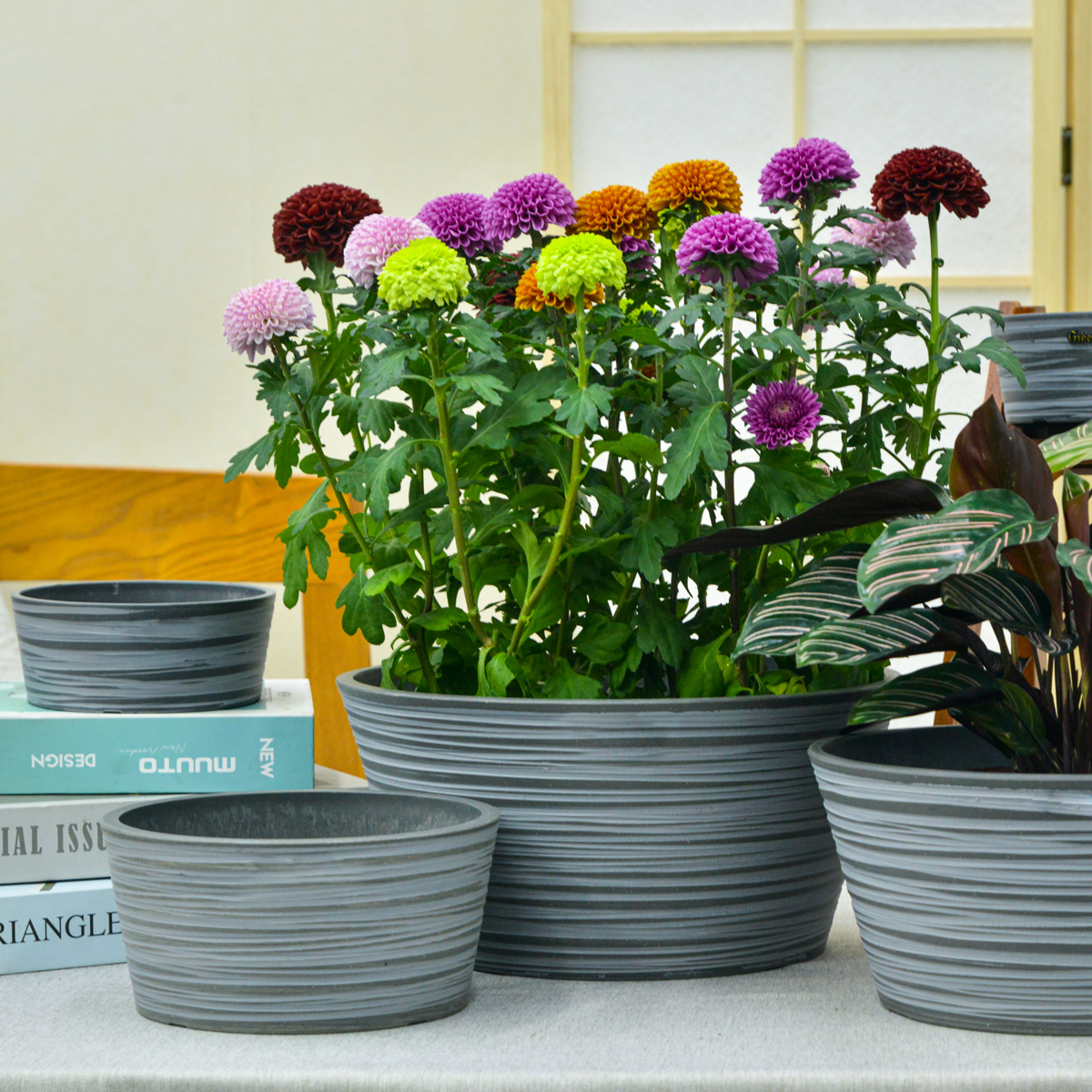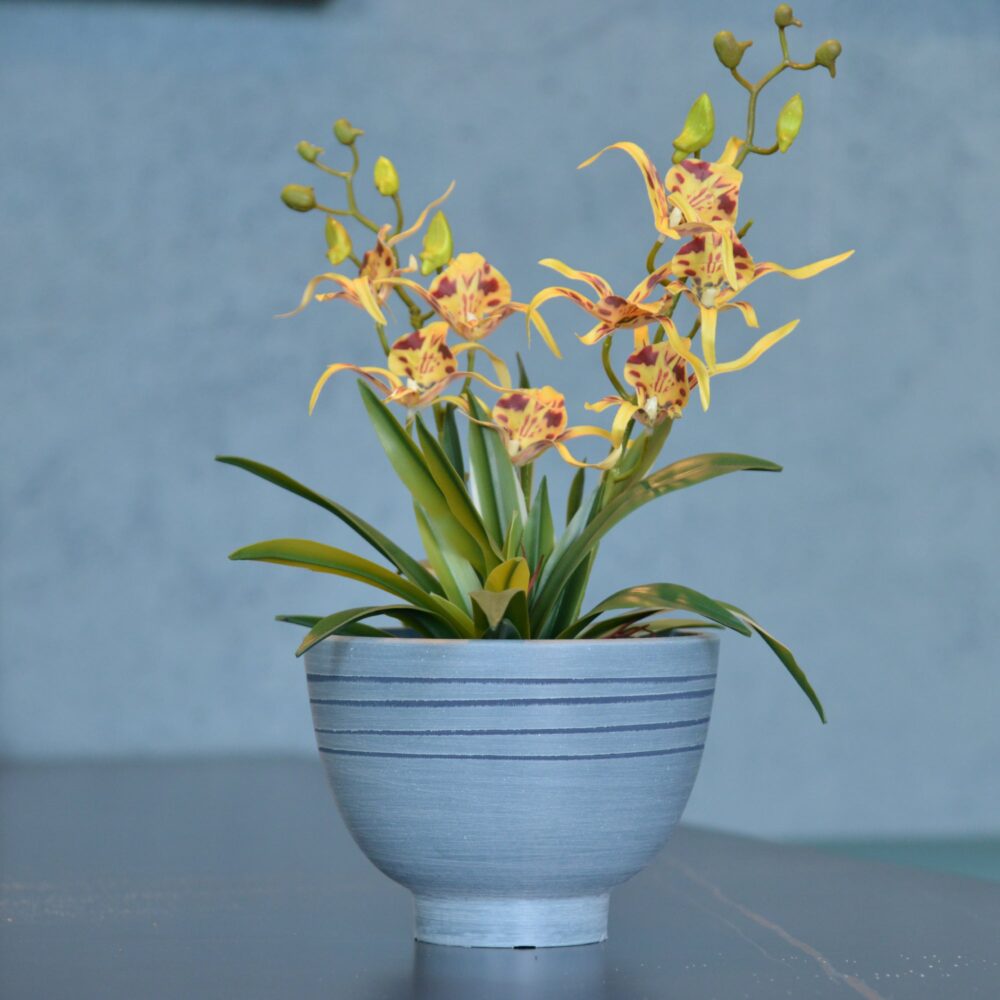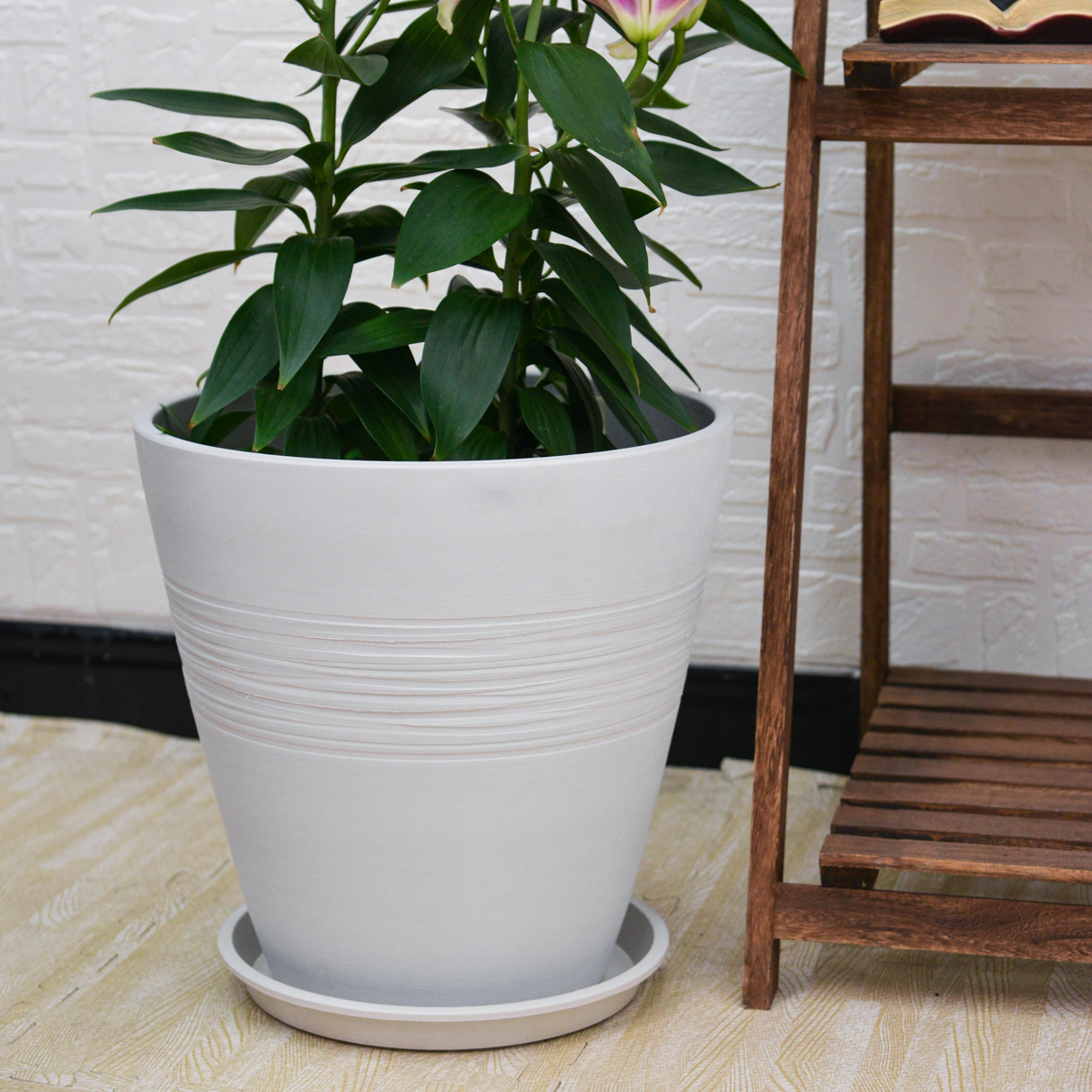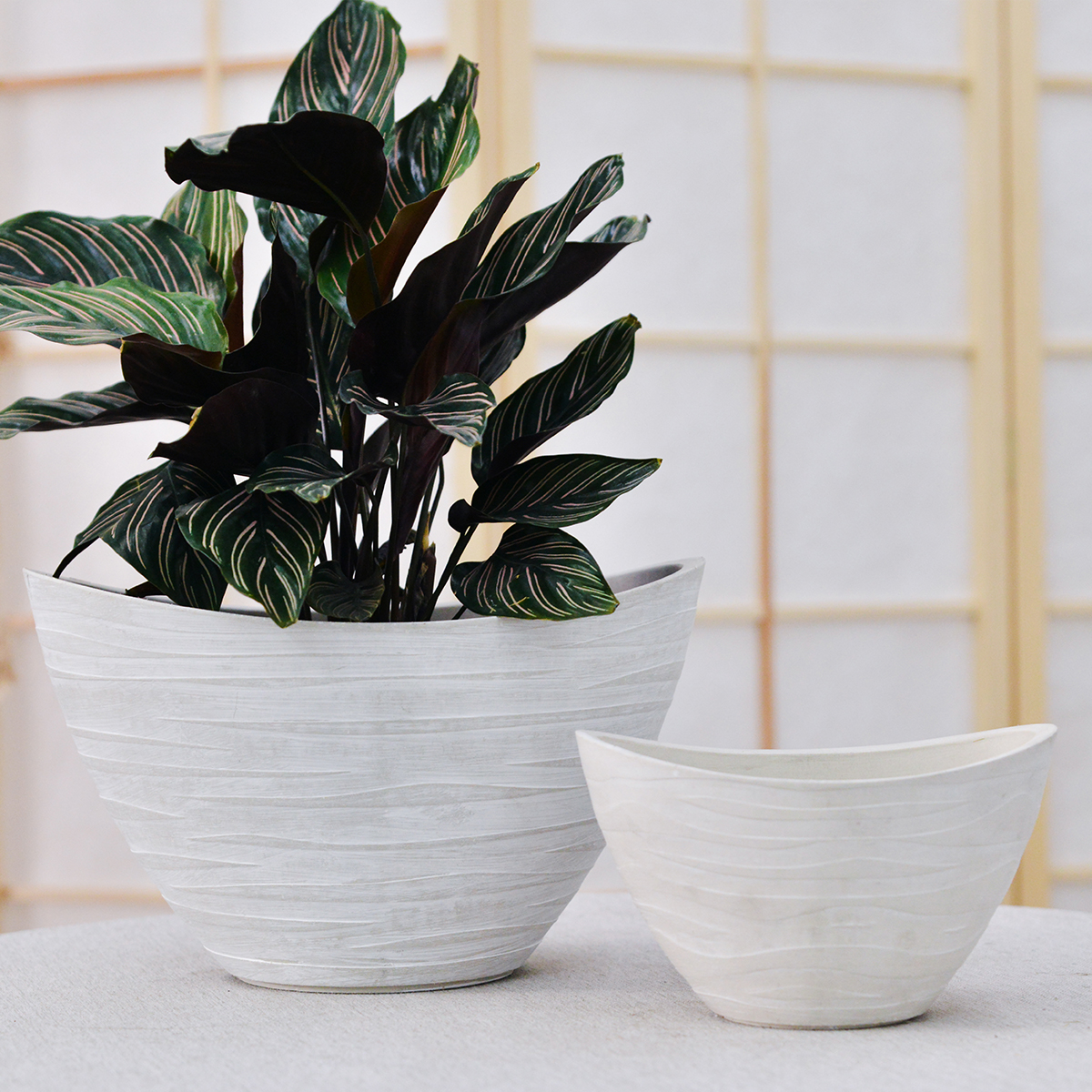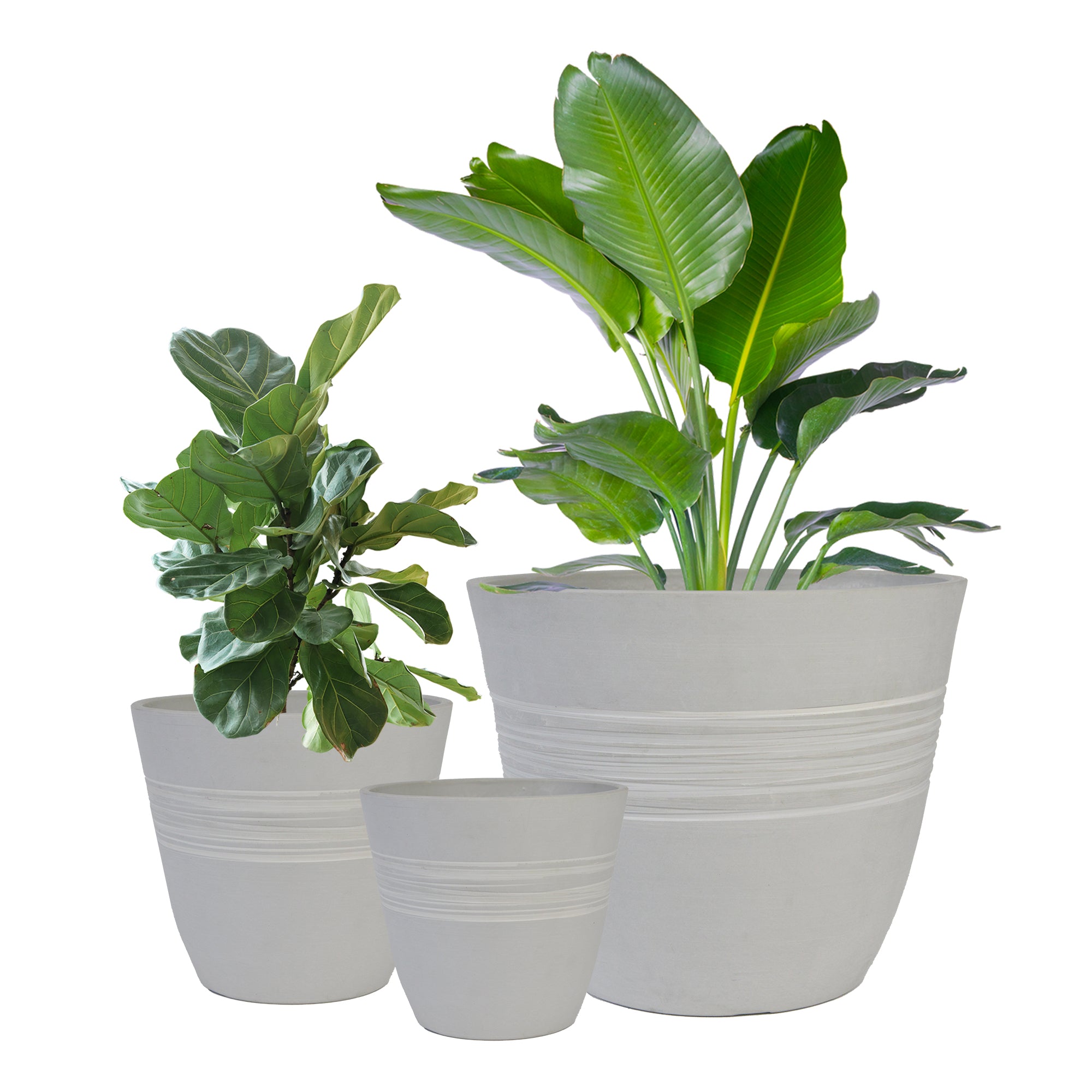SOS for Your Orchid: Can Cinnamon Save Your Dying Plant?
Seeing your beloved orchid decline can be disheartening. Before you give up hope, there are steps you can take to try and revive it. One natural remedy that’s often suggested, and highlighted in the Spanish article, is using cinnamon. Let’s explore how this common spice might help bring your orchid back from the brink.

Recognizing a Dying Orchid: Signs to Look For
Before reaching for the cinnamon, it’s crucial to accurately assess your orchid’s condition. Common signs of a struggling orchid include:
- Limp or Wrinkled Leaves: This can indicate dehydration or root problems.
- Yellowing or Brown Spots on Leaves: Could be a sign of overwatering, underwatering, sunburn, or fungal/bacterial infection.
- Mushy or Brown Roots: A telltale sign of root rot, often caused by overwatering. Healthy orchid roots are typically firm and white or green.
- Lack of New Growth: If your orchid hasn’t produced new leaves or roots in a while, it might be stressed.
- Stem Rot: Soft, brown, or black areas on the stem near the base can indicate a serious fungal or bacterial issue.
The Role of Cinnamon in Orchid Rescue
Cinnamon has natural antifungal and antibacterial properties, making it a potentially useful tool for treating certain orchid ailments, particularly those caused by fungal or bacterial infections. It can act as a mild antiseptic and help to dry out affected areas.
How to Use Cinnamon to Help a Dying Orchid: A Step-by-Step Guide
Based on the Spanish article and general orchid care practices, here’s how you can try using cinnamon to revive your orchid:
- Assess the Damage: Carefully examine your orchid to identify the primary issues. Look closely at the roots, stem, and leaves for signs of rot or infection.
- Remove the Orchid from its Pot: Gently take the orchid out of its pot and carefully remove as much of the old potting mix as possible.
- Inspect the Roots: Thoroughly examine the root system. Use clean, sterilized scissors or pruning shears to trim away any mushy, brown, or black roots. Healthy roots should remain firm.
- Address Stem Issues: If you see signs of stem rot (soft, discolored areas), carefully cut away the affected tissue with a sterilized tool until you reach healthy, firm tissue.
- Apply Cinnamon Powder: Once you’ve removed any infected parts, sprinkle ground cinnamon powder generously onto the cut surfaces of the roots and stem. The cinnamon will act as a natural fungicide and help to prevent further infection.
- Repot the Orchid: Use a fresh, well-draining orchid potting mix. The type of mix will depend on the type of orchid you have (e.g., bark mix for Phalaenopsis, finer mix for Paphiopedilum). Choose a pot with good drainage holes.
- Adjust Watering Habits: Overwatering is a leading cause of orchid death. After repotting, water very sparingly until new root growth appears. Ensure proper drainage and allow the potting mix to dry out slightly between waterings.
- Provide Appropriate Light and Humidity: Place your orchid in a location with the correct light conditions for its type (usually bright, indirect light for common orchids like Phalaenopsis). Ensure adequate humidity, which is often around 50-70% for many orchids. You can increase humidity by using a humidifier, placing the orchid on a humidity tray, or grouping it with other plants.
- Monitor Closely: Observe your orchid carefully for any signs of improvement or further decline. It may take time for a stressed orchid to recover. Look for new root and leaf growth as positive indicators.
Other Essential Steps for Reviving a Sick Orchid:
While cinnamon can be a helpful tool, it’s often just one part of the recovery process:
- Identify the Cause: Try to determine why your orchid is declining. Was it overwatered? Underwatered? Exposed to extreme temperatures or improper light? Addressing the underlying issue is crucial for long-term recovery.
- Consider the Orchid Type: Different types of orchids have different care requirements. Ensure you are providing the specific conditions your orchid needs.
- Check for Pests: Inspect the leaves and roots for any signs of pests like mealybugs, scale, or spider mites. Treat any infestations promptly with an appropriate insecticide.
- Don’t Fertilize Immediately: Avoid fertilizing a stressed or recently repotted orchid until it shows signs of new growth.
When Might an Orchid Be Beyond Saving?
Unfortunately, not all dying orchids can be saved. If the rot is extensive throughout the root system or stem, or if the plant has been neglected for a long time, the chances of recovery may be slim. However, it’s often worth trying the steps above before giving up completely.
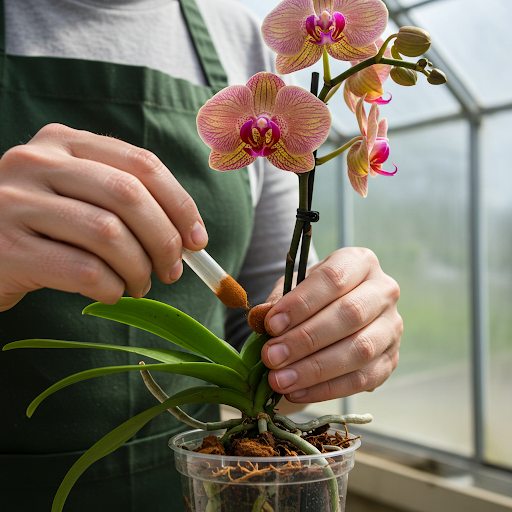
Preventing Future Problems: Tips for Healthy Orchid Care
The best way to avoid having a dying orchid is to provide proper care from the start:
- Water Correctly: Water only when the potting mix is dry to the touch. Ensure good drainage.
- Provide Adequate Light: Research the specific light needs of your orchid type.
- Maintain Proper Humidity: Aim for the humidity levels your orchid prefers.
- Use the Right Potting Mix: Repot regularly with fresh orchid mix.
- Fertilize Appropriately: Feed your orchid during its growing season with a balanced orchid fertilizer.
- Monitor for Pests and Diseases: Regularly inspect your orchid for any signs of problems.
Conclusion:
While cinnamon might not be a miracle cure for all dying orchids, its natural antifungal and antibacterial properties can be a valuable aid in the recovery process, especially when dealing with fungal or bacterial issues. By combining the cinnamon treatment with proper repotting, adjusted watering, and the right environmental conditions, you give your orchid the best possible chance to bounce back and bloom again. Remember to be patient and observant, and with a little care, your orchid might just surprise you with its resilience.
11THD
By greenship|2024-08-13T02:52:20+00:00August 13, 2024|Categories: Hand-carving Series|
HS
By greenship|2024-08-13T06:45:17+00:00August 13, 2024|Categories: Hand-carving Series|
8 inch/10 inch Planter Indoor Plants, 2 Pack Modern Decorative Plant Pots with Drainage Hole, Cute Bowl Shape Flower Pots
By greenship-seo|2025-04-10T08:03:42+00:00January 9, 2025|Categories: Hand-carving Series|Tags: Decorative Flower Pots, Self-Watering Pots|
KC2-GS
By greenship|2024-08-16T06:30:21+00:00August 16, 2024|Categories: Hand-carving Series|
20YB
By greenship|2024-08-16T05:37:57+00:00August 16, 2024|Categories: Hand-carving Series|
Plant Pots 6 inch 8 inch 12 inch for Indoor Outdoor Plants, Set of 3 Modern Decorative Planter with Drainage Hole, Decorative Flower Pots
By greenship-seo|2025-04-10T06:38:40+00:00January 16, 2025|Categories: Hand-carving Series|Tags: Decorative Flower Pots|

